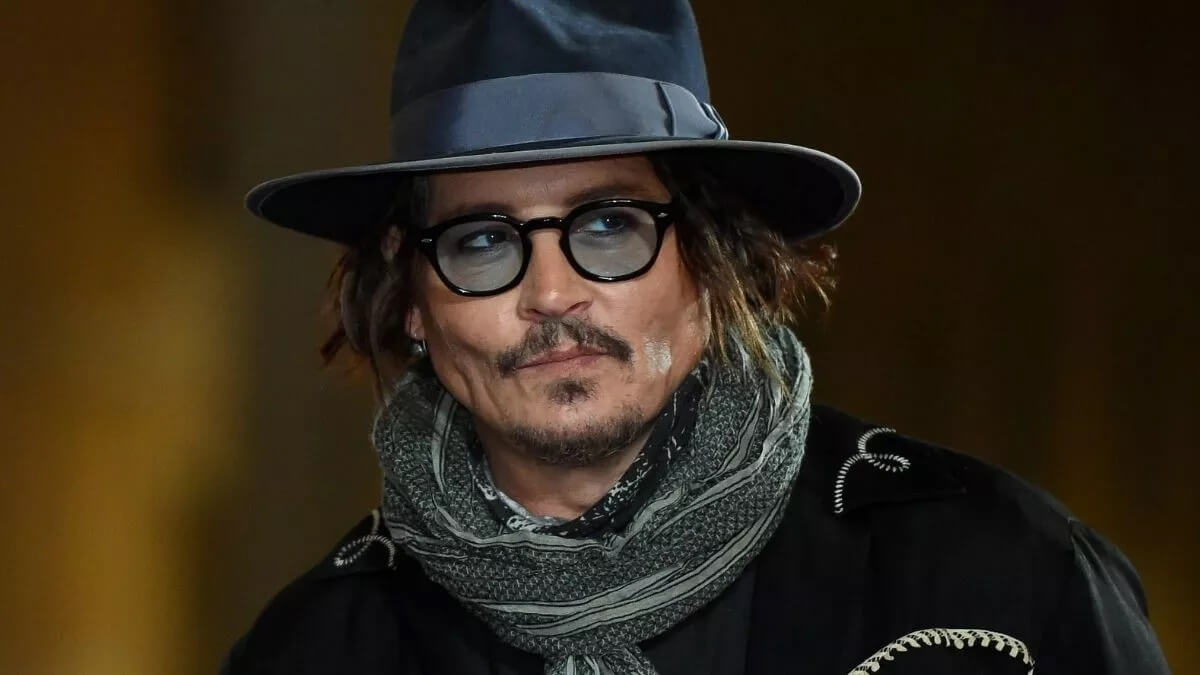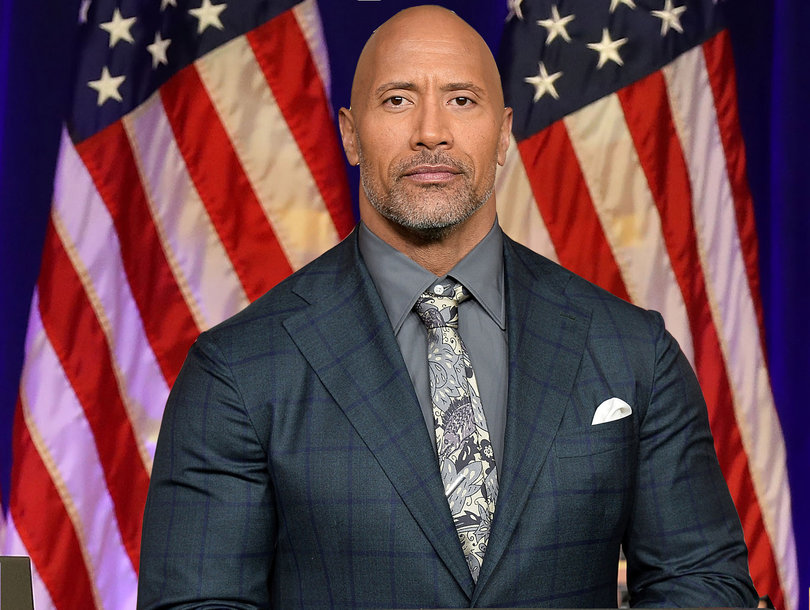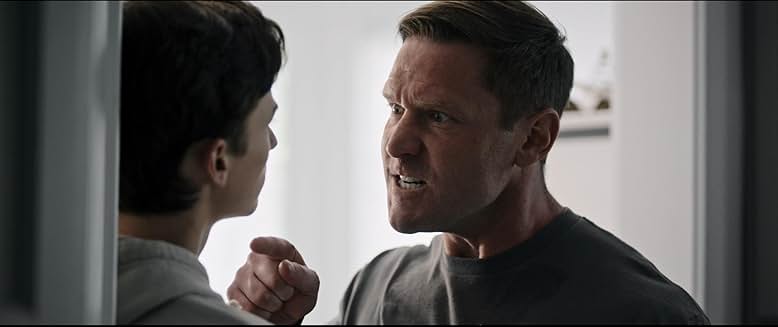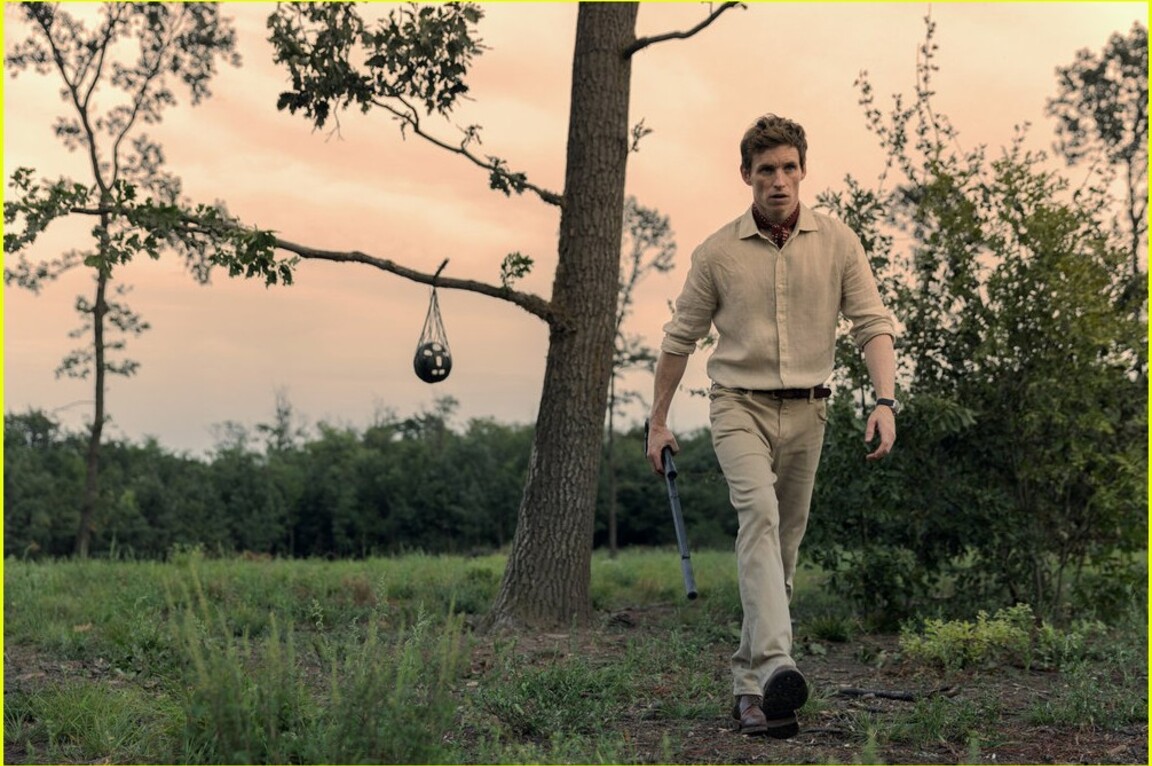Trouble in Johnson & Johnson Opioid – Oklahoma Court Charges $ 572 Million!
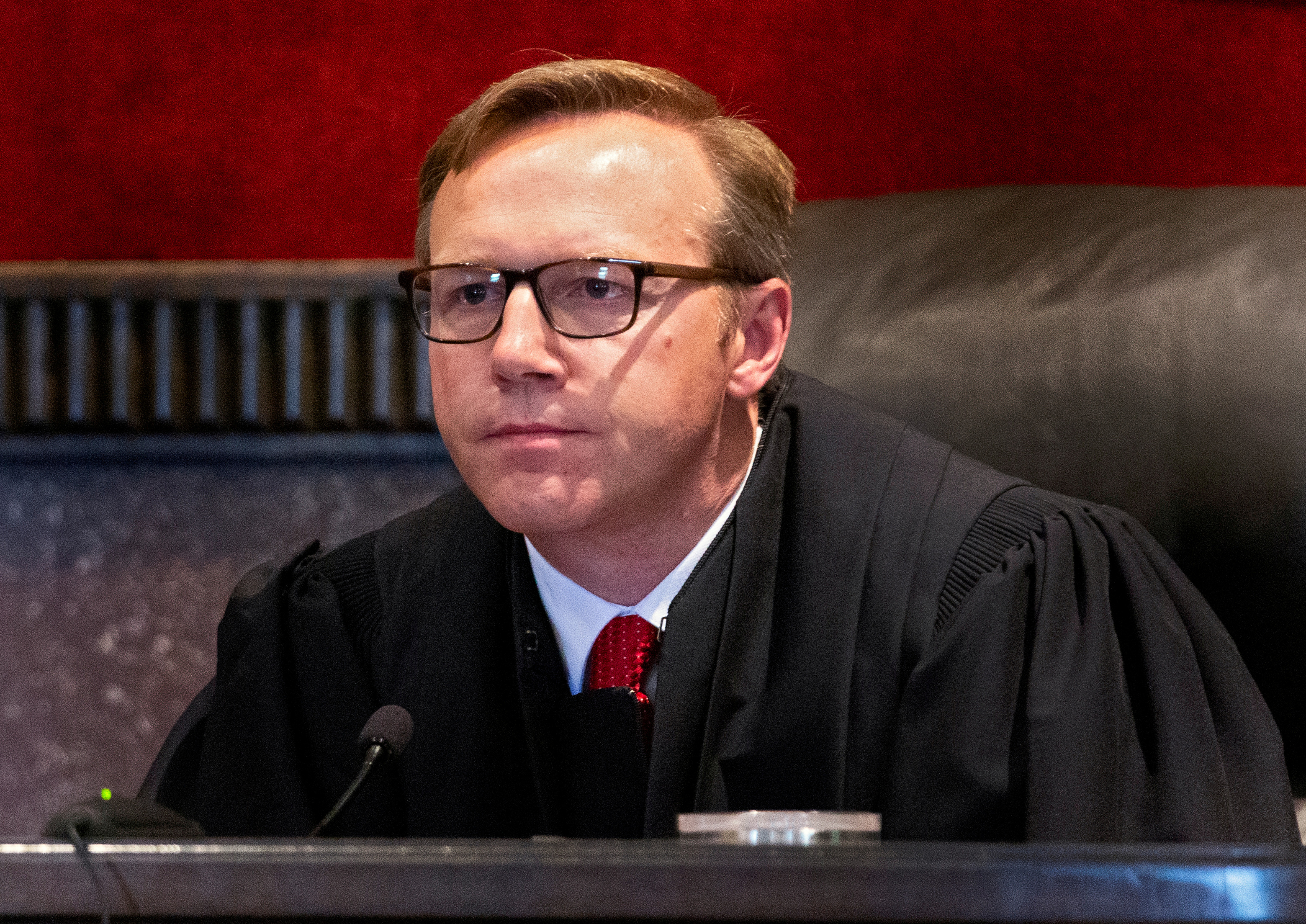
Well, well! Here comes trouble in the paradise of Johnson & Johnson. The stalwart of the corporate world faced a lawsuit in the Oklahoma court where it was charged for spreading the opioid epidemic with a huge sum of $572 million. This is the first time to sue a pharmaceutical for its overdose of drugs and addiction.
Thad Balkman Justice of Oklahoma pronounced his verdict on Monday after a trial of 8 weeks. This is the 1st of other lawsuits filed against opioid manufacturers in the United States.
In his judgment, Balkman stated that: the evidence is clear that the firm has deceived the market by promoting opioids which ended resulting in addiction and overdosage of the drug and has asked the firm “to pay for prevention, treatment, and recovery services.” He also added: “The opioid crisis is an imminent danger and menace to Oklahomans.”
There are few other companies which were filed against opioid and one such is Purdue Pharma which manufactures OxyContin. But Purdue on prior came forward to pay $270 million for causing addiction and legal payments. However, in its agreement, the firm has not accepted its mistake for causing an opioid epidemic.
When the case was filed in the year 2017, Oklahoma legal representative General Mike Hunter stated that: the pharma companies have deceived people to blindly get these drugs through prescriptions. He also accused saying that all documents and proofs show that these firms have drugged people with their overdoses and still grossed a huge profit in the market.
He also stated that: “These companies have waged a fraudulent, decade-long marketing campaign to profit from the anguish of thousands of Oklahomans,” and “these companies have made in excess of $10 billion a year, while our friends, family members, neighbors and loved ones have become addicts, gone to prison or died because of the opioid epidemic.”
As per reports from 2015 about 326 million opioid drugs have been supplied in Oklahoma. Out of which 110 were distributed among every resident living in the state said the statement. Moreover, the state also witnessed the usage of Fentanyl on a larger basis.
Besides, Balkman emphasized that there was no sign of opioid in the ’90s and that it has emerged only after OxyContin was successful when it was catered to chronic patients. This eventually provoked Janssen’s to bring back Duragesic Fentanyl.
But Johnson & Johnson defended saying “its products made up only a fraction of the prescription opioid market. Opioid makers have also blamed illegal drug use -not only of their pills but also heroin- for many overdoses and deaths. Johnson & Johnson said it will appeal Monday’s ruling.”
The judge’s verdict read that the company should provide a year’s service to treat people affected with chronic and other major effects caused, and “also for services related to oversight and education.” On the contrary, the prosecution stated that their services should be prolonged for years until the opioid epidemic comes to an end and asked the pharma firms to pay billions.
Balkman, however, declared that the proofs stand for only a year service which delighted investors and made Johnson’s to raise their stock price.
Speaking to the reporters, the firm released a statement that it had abided with the federal laws and has only enabled patients with chronic pain to overcome it. Further, the general counsel of Janssen Michael Ullman said that their products were not responsible for the opioid and the facts or the law supports us. He also said that: “we recognize the opioid crisis is a tremendously complex public health issue and we have deep sympathy for everyone affected. We are working with partners to find ways to help those in need.”



